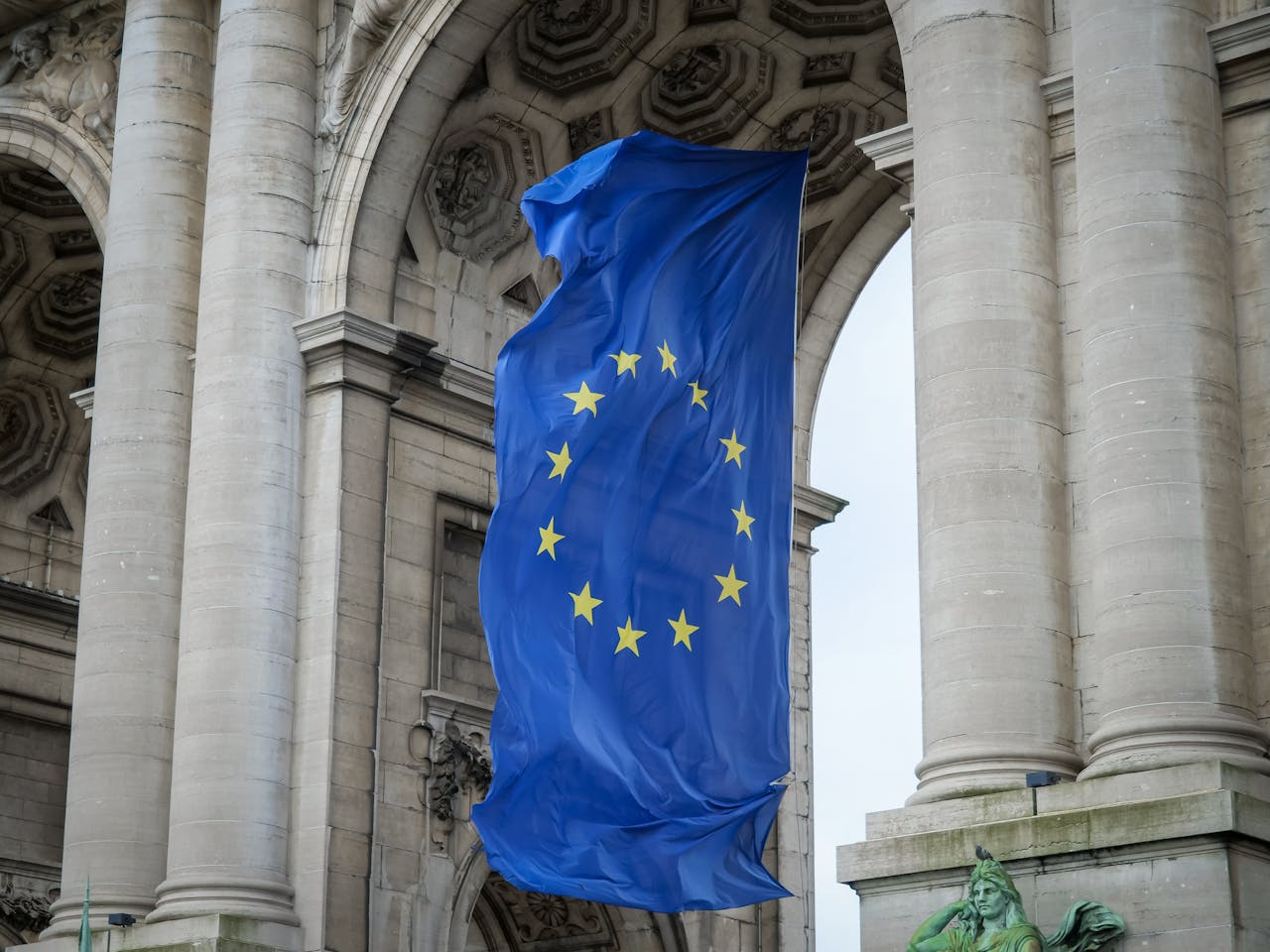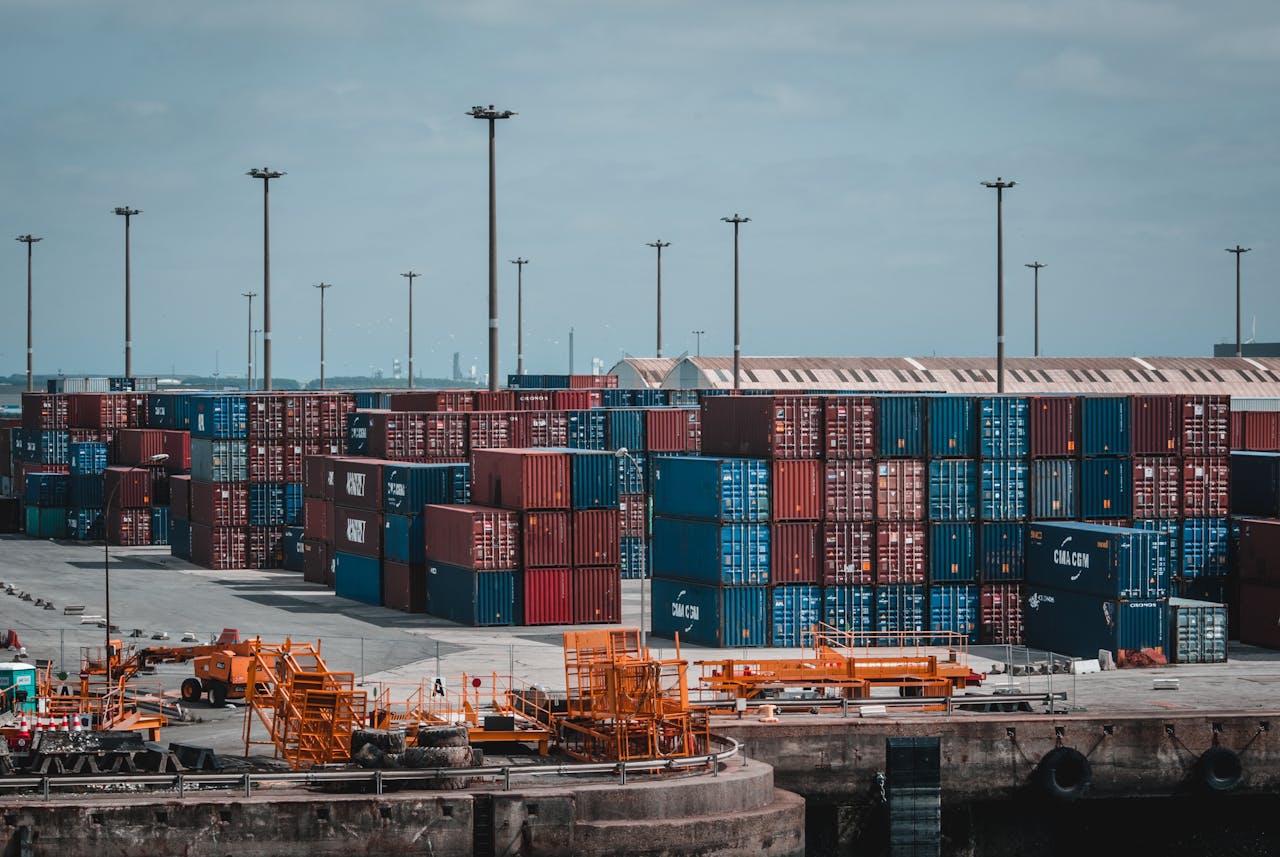
Traceable Wild Caught Seafood
Wild caught seafood is simply put all the seafood caught in the natural habitat (seas, rivers, lakes, etc.). Due to growing and feeding in the natural environment, wild-caught seafood products usually contain lower saturated fat and contaminants. In return, this often makes these products a preferred product type among consumers.
Nonetheless, due to the way of fishing and the lack of management measures on the fisheries’ side, the wild-caught fish and other seafood products are often subjects of:
- Mislabeling
- Illegal fishing
- Overfishing
- Misreported catch information, etc.
According to FishWise, one of the leaders in seafood industry sustainability, financial losses due to illegal fishing activities range from a staggering $10 to 23.5 billion annually.
The good news is the solution to these issues exists. Implementing traceability solutions is a way to regulate and get a transparent overview of the fishing practices. Moreover, traceability can ensure full compliance with national and global regulations and provide the highest-quality products to the customers.
Hence, deploying traceability systems in supply chains will allow all the actors within the supply chain to obtain reliable, up-to-date and relevant information about a large number of the crucial characteristics and qualities of the seafood products.
PSQR’s Track and Trace Business Case in Saga
In this screencast, you can learn how to implement track and trace on a fishing venture using Saga.
We will shortly explore the seafood industry, get an overview of an example business case for wild-caught seafood fishing, and lastly, we will see how companies can benefit from implementing our track and trace solution.




